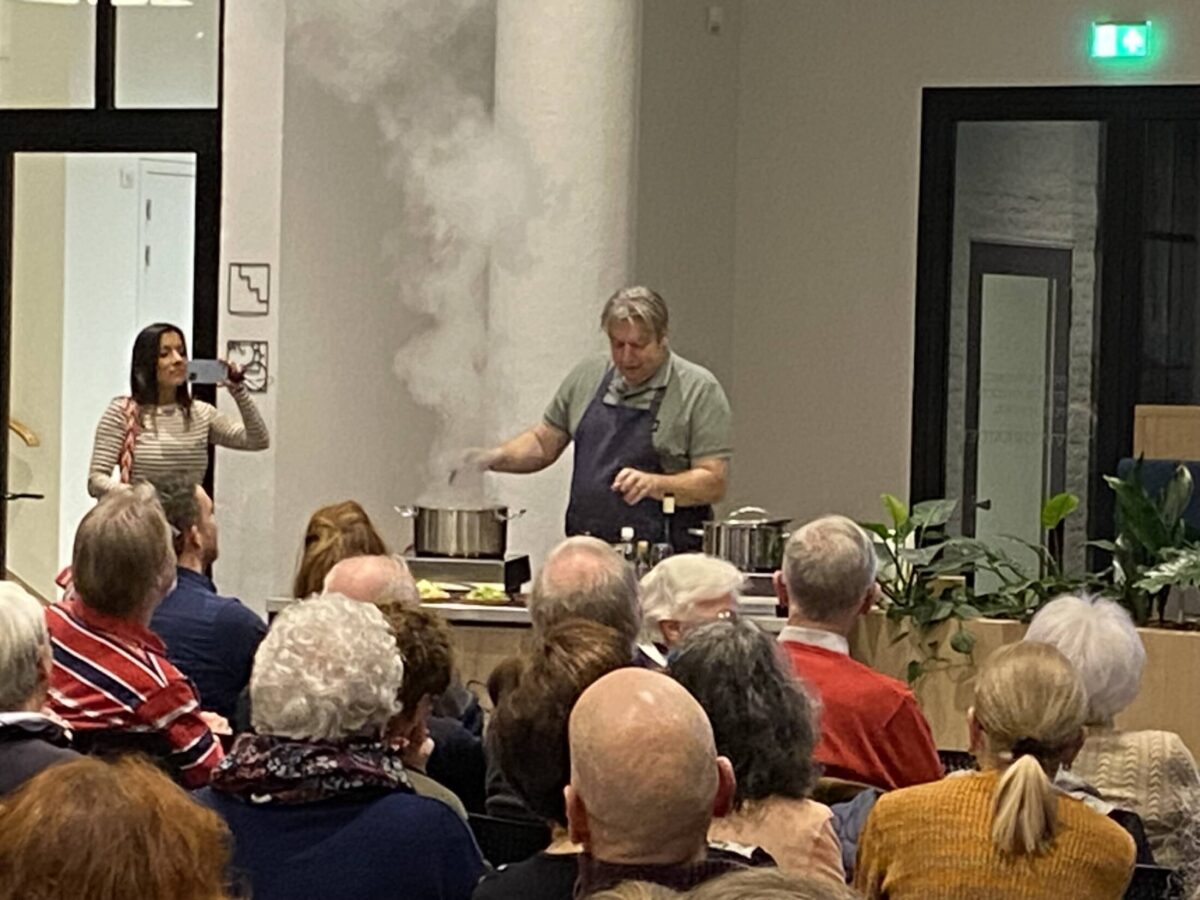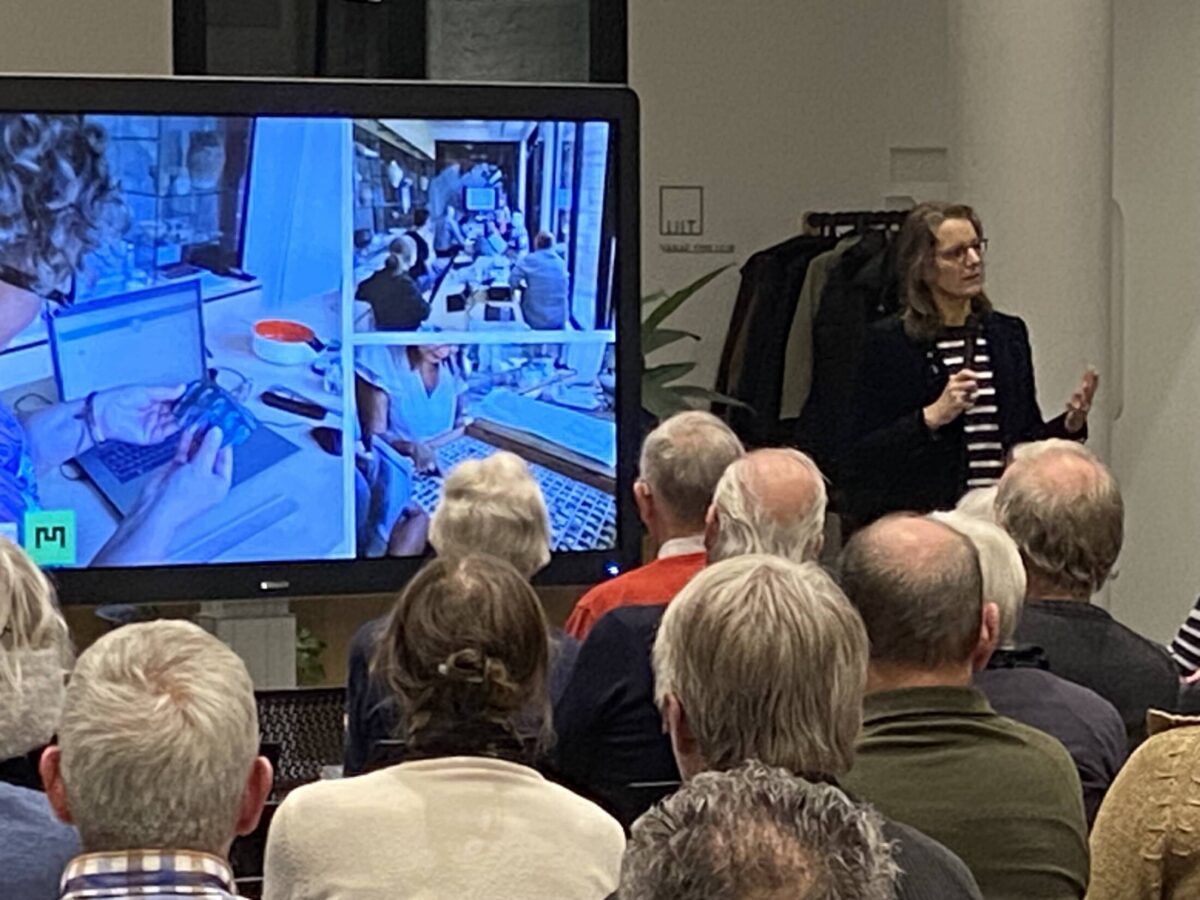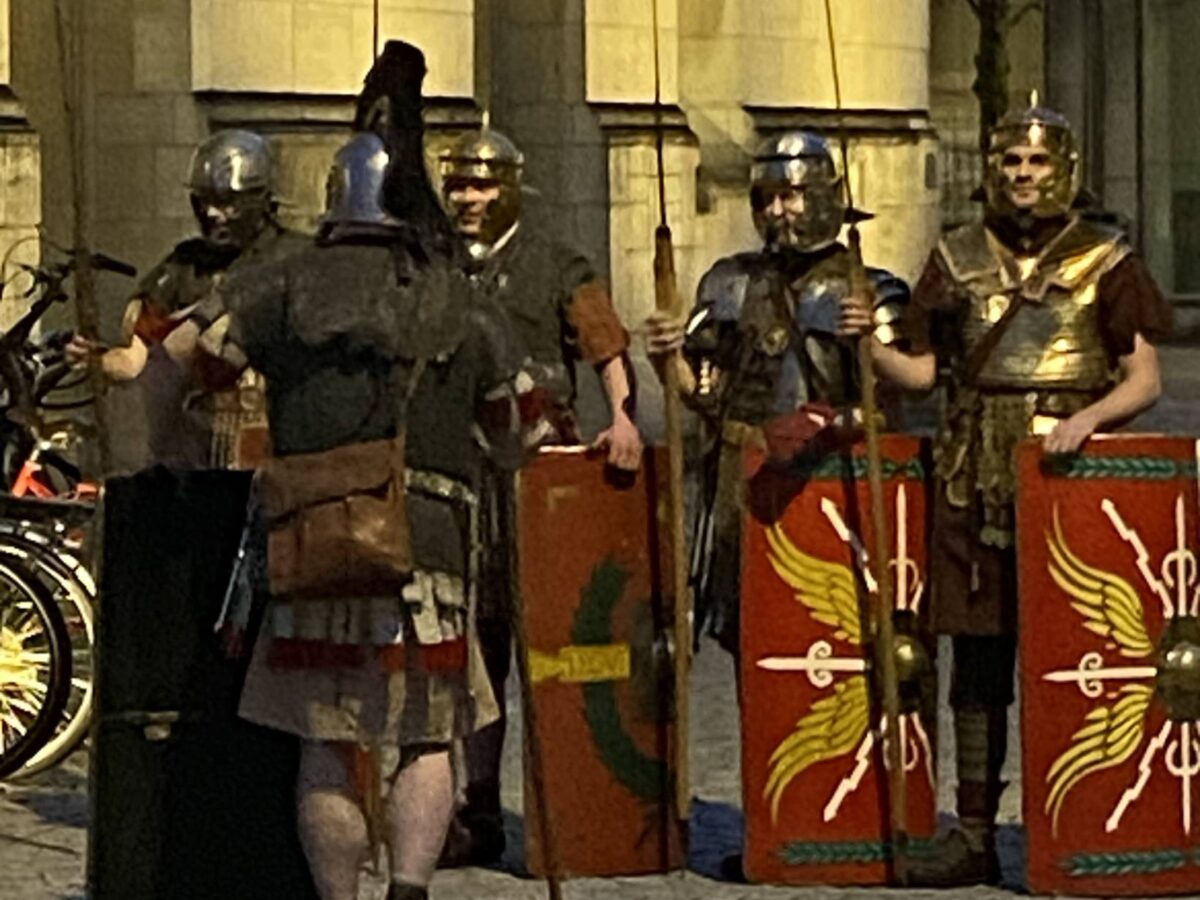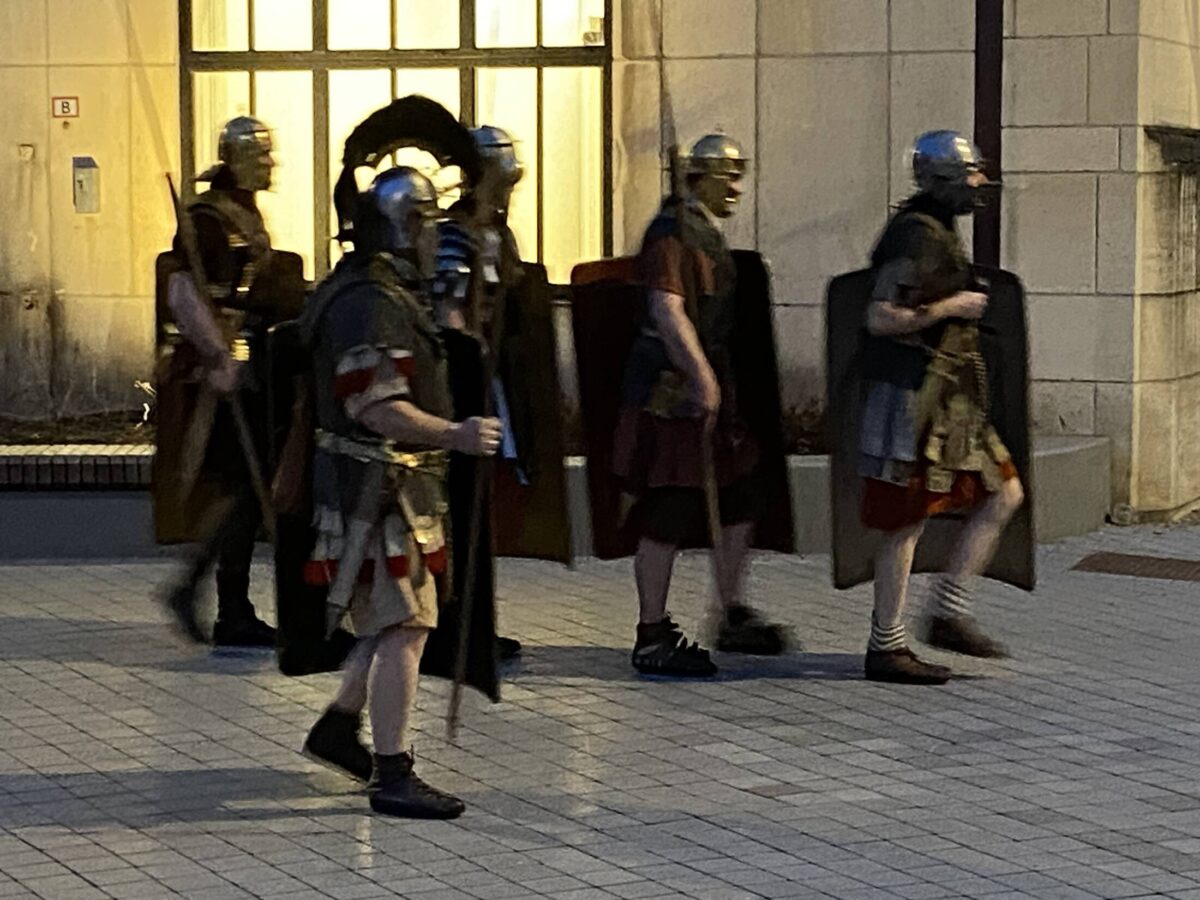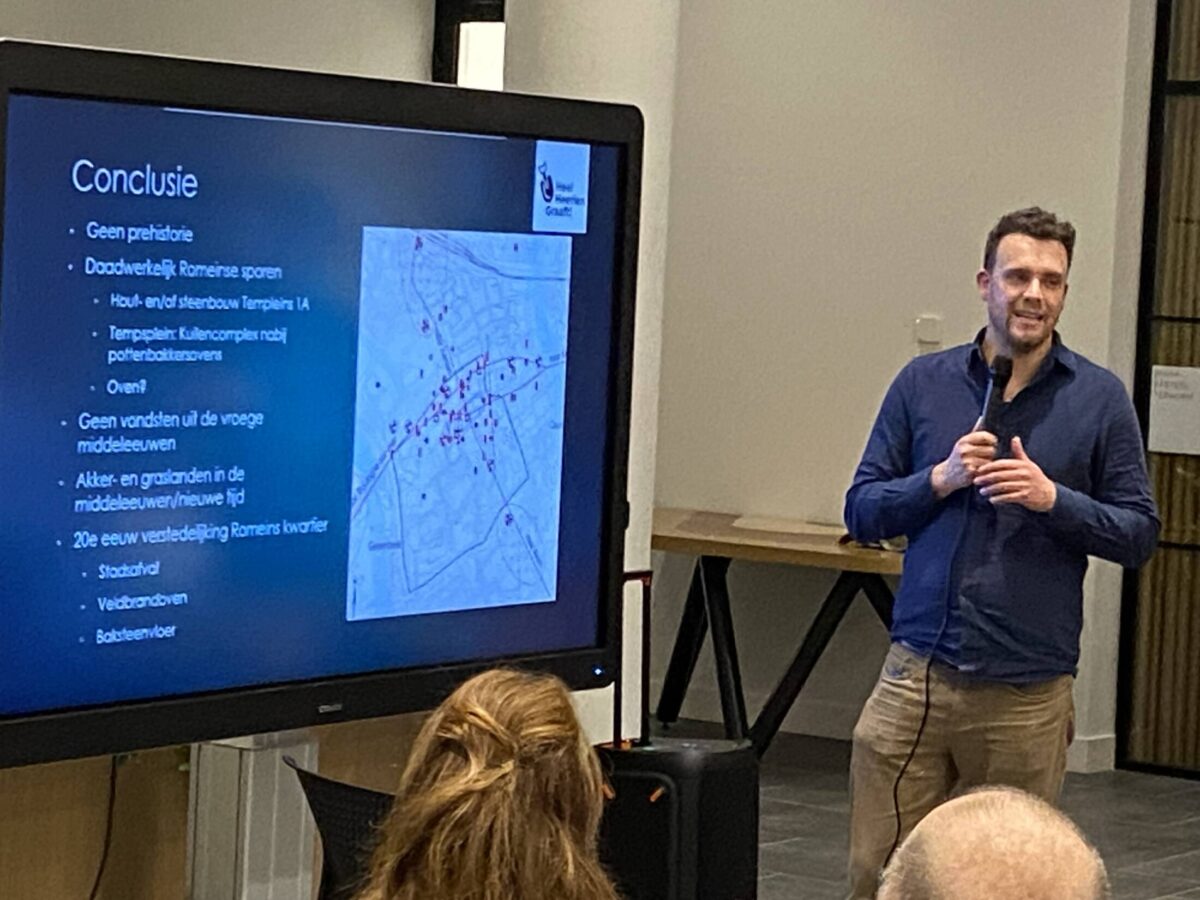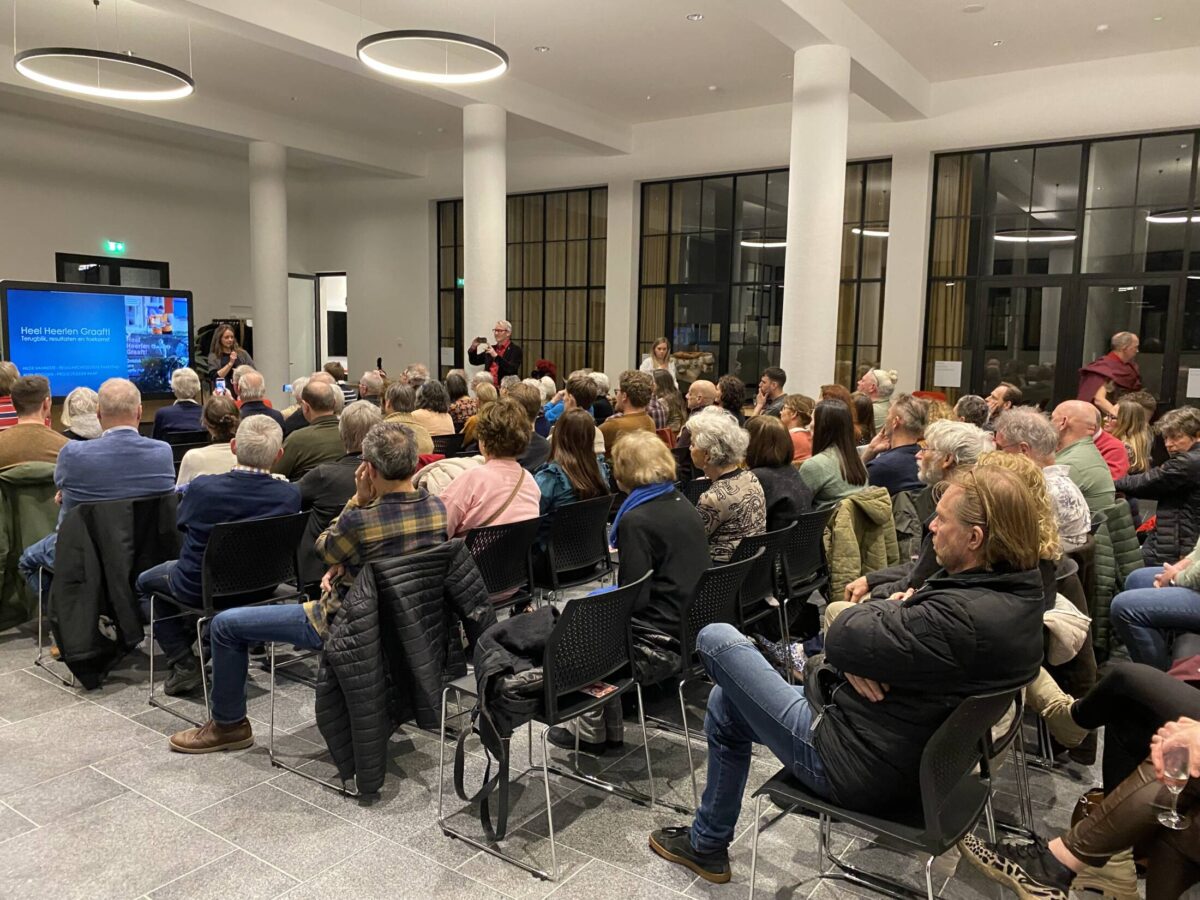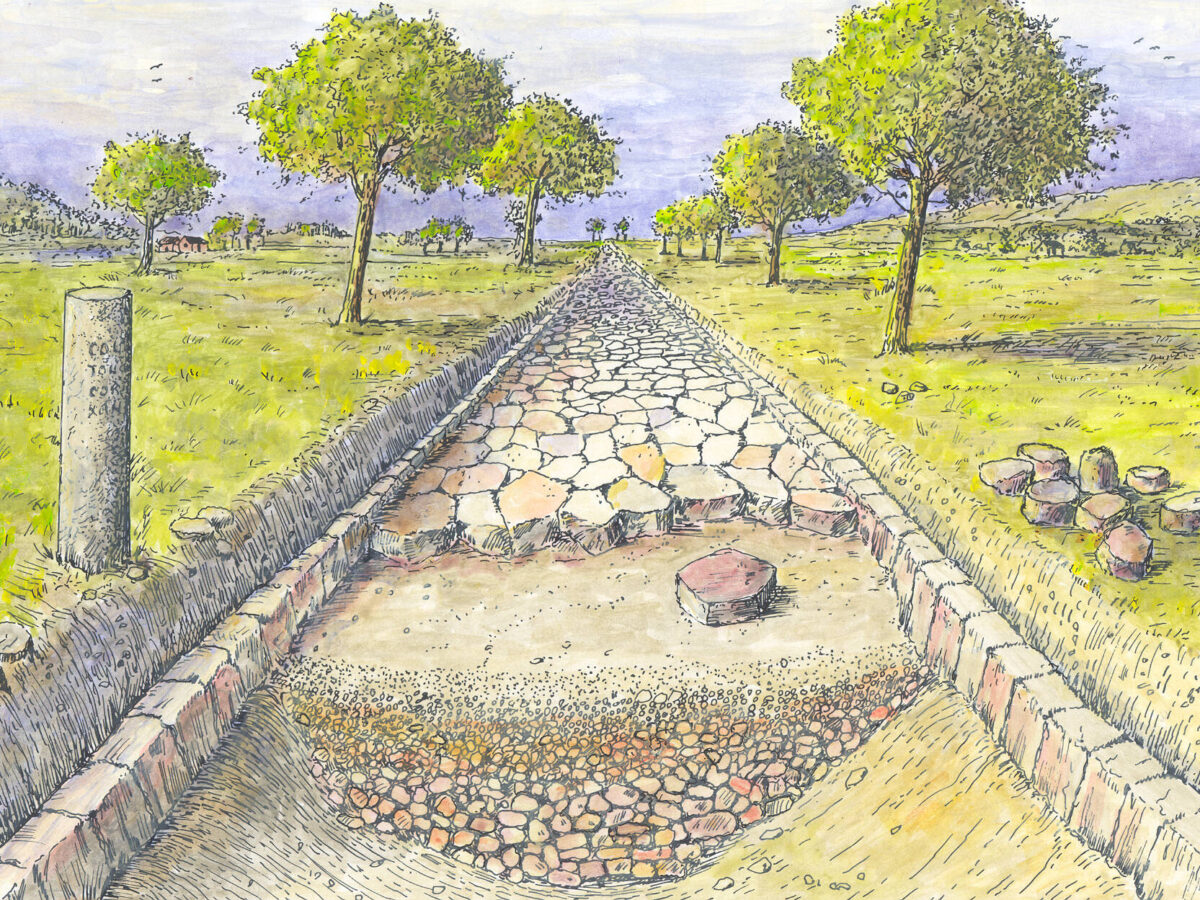Success of “Heel Heerlen Graaft!” Leads to a Follow-Up
Author: Harry Lindelauf
Photography:
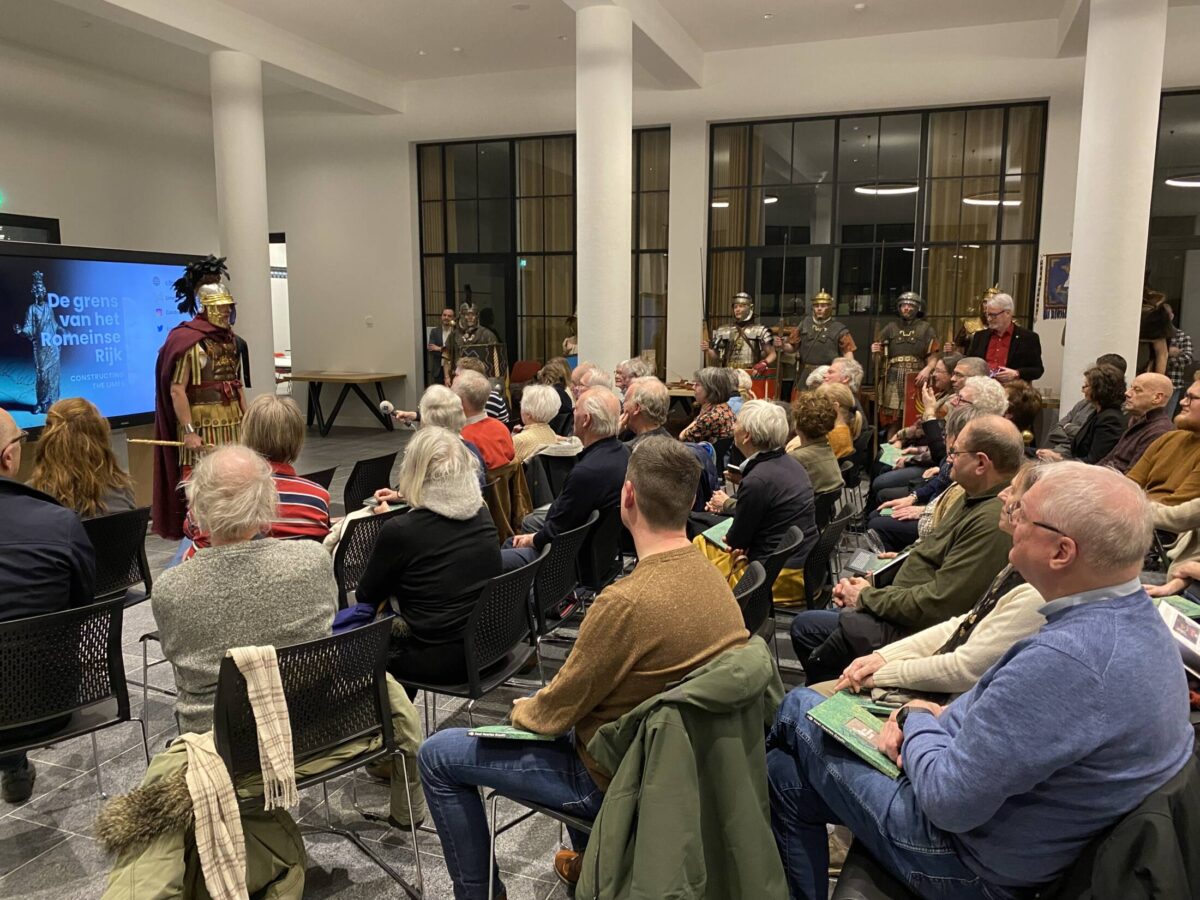
You search for the Romans of Heerlen with 150 volunteers and more than 20 archaeologists. That results in 8,551 small finds from the past. But the greatest discovery concerns the present: the shared enthusiasm and the “square-metre friendships” — a term likely to make it into the Van Dale dictionary.
The enthusiasm of residents in the Roman Quarter was expressed contagiously during the return day on 1 March by Aartje Jager-Van den Berg. Alderman for Culture Jordy Clemens presented her with the first copy of the book documenting the scorching excavation weekend. “I want to dig more holes in my garden. I can’t wait. You walk in your own garden on top of your own past,” Aartje said proudly.
For her, digging goes deeper than the tangible finds unearthed in September 2023: “I hoped a Roman would be found in my garden. But we only saw a lot of gravel. That’s fine, though.”
At other excavation sites too, the archaeological initiative fostered connection — between neighbours, and between citizen researchers and professionals. Archaeologist Gerard Tichelman called the experience in Heerlen “surprising and enriching”: “It was heartwarming and inspiring to tell these incredibly interested people about archaeology.”
Participant Luc Peters speaks in the book of the “square-metre friendships” that arose during Heel Heerlen Graaft!.

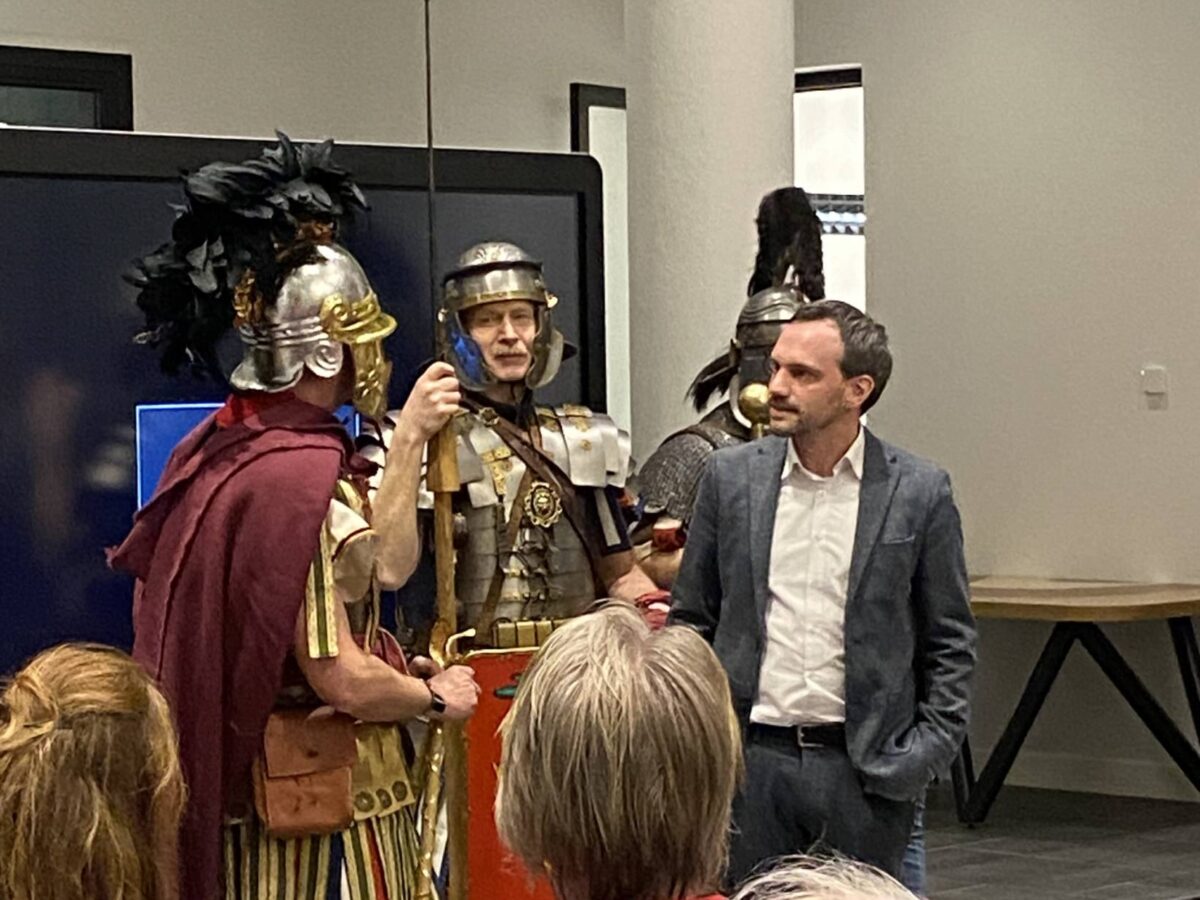
Remains of a Large Roman Building
The crowd at the return day for citizen scientists and professionals at Heerlen’s city hall showed that the enthusiasm had survived the winter. And it was rewarded with the announcement that the project will continue in 2025.
According to Alderman Jordy Clemens, the largest archaeological event in the Netherlands yielded many small finds — mainly from three time periods: the Roman era, the 11th–12th centuries, and the 19th–20th centuries.
The Roman finds consist mainly of fragments of roof tiles, domestic pottery, and natural stone used as building material.
After 150 years of research, Heel Heerlen Graaft! has brought new insights.
Pieces of Kunrader stone and a layer of mortar show that a large Roman building once stood near Tempsplein and Raadhuisplein. At the deepest point of the excavation, remains of a foundation from an older wooden structure were found.
Photo: The return day was also attended by a decuria of legionaries on their way to Roman Cologne.
Exploratory Operations
The citizen research in Heerlen is linked to a four-year study of the Roman northern frontier along the Rhine, from Remagen near Bonn to Katwijk on the North Sea.
Project leader Dr. Saskia Stevens of Utrecht University expressly thanked the Heerlen excavators: “Thanks to you, we were able to carry out all these exploratory operations.” She announced that the results of the sedaDNA research will soon be published. These findings come from organic soil samples taken from the excavation pits.
The Limes project aims to gain insight into the Roman import of plants, animals, and foodstuffs.
Photo: Chef Evert Hartman of De Twee Gezusters in the Luciushof and Friend of the Via Belgica cooked a Roman ragout with pork and herbs used by the Romans — including asafoetida, which the chef described as “garlic on steroids.”
